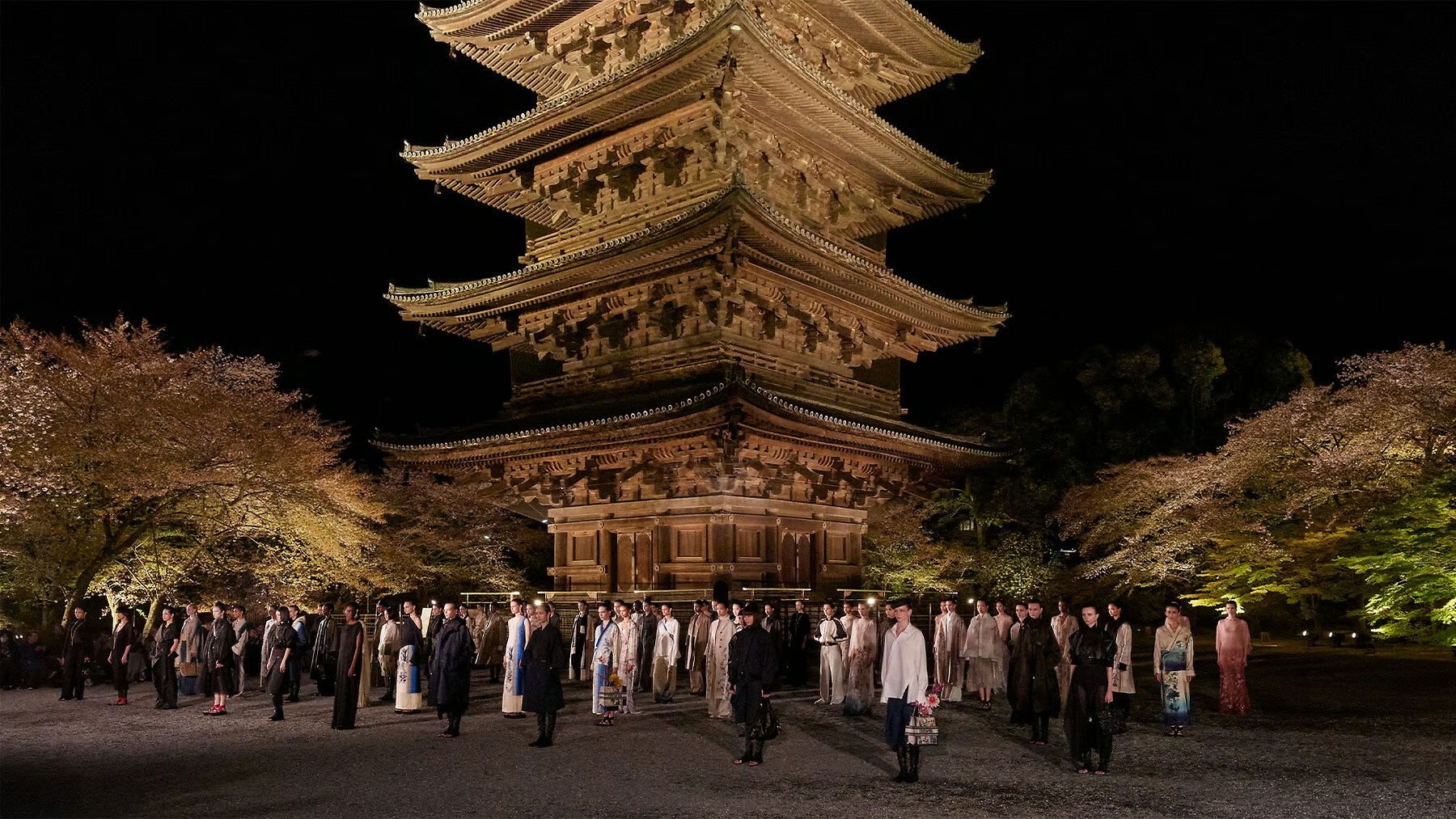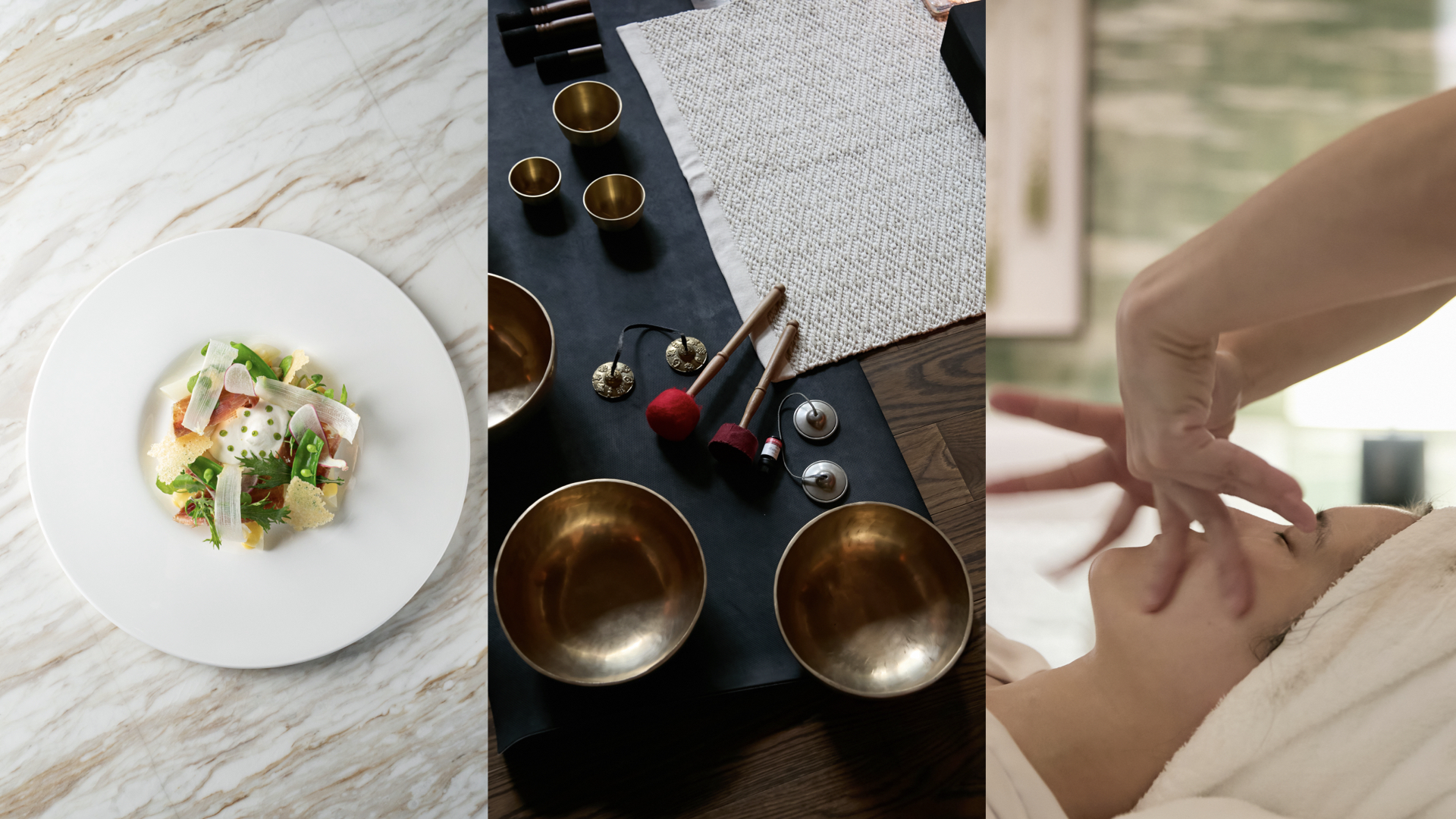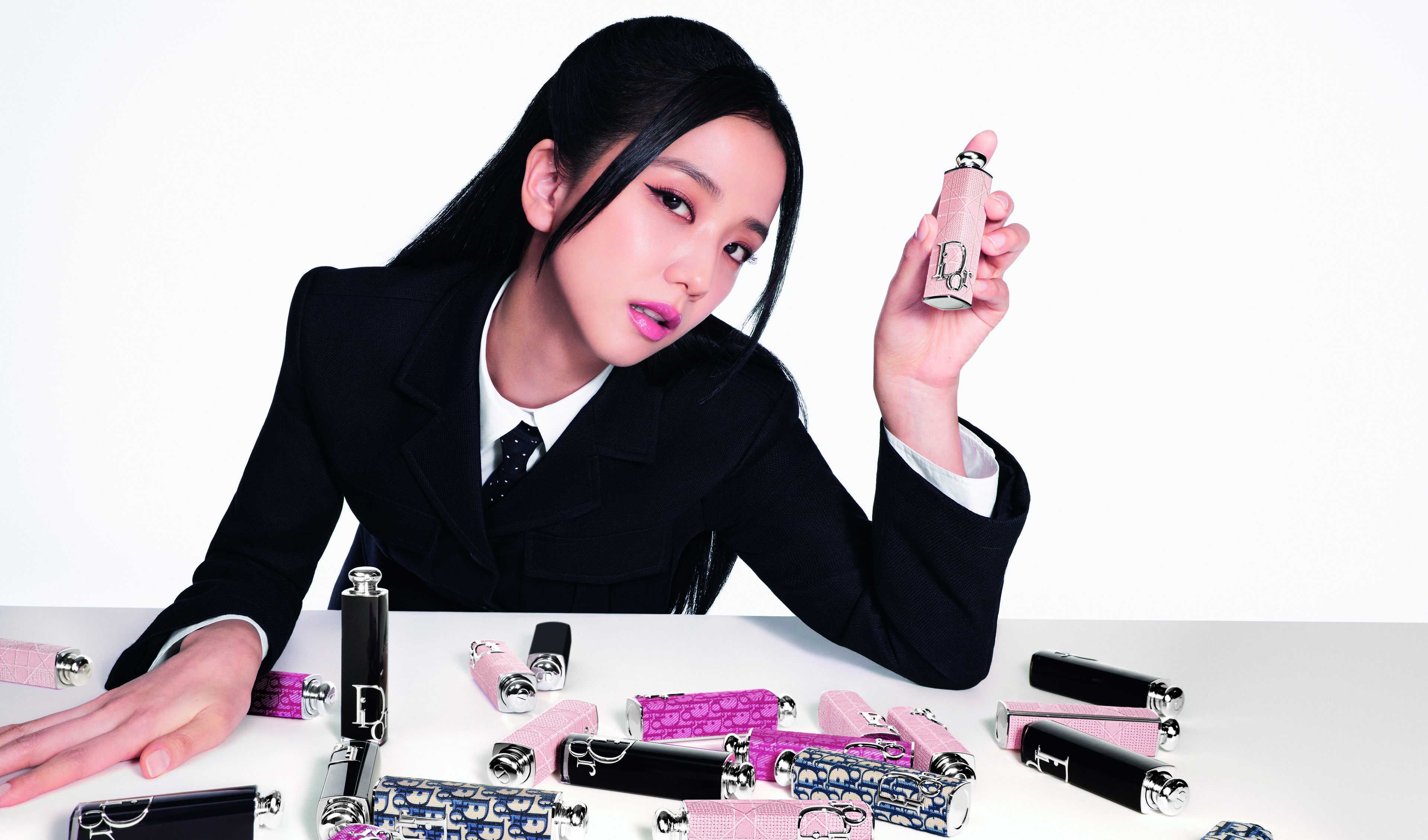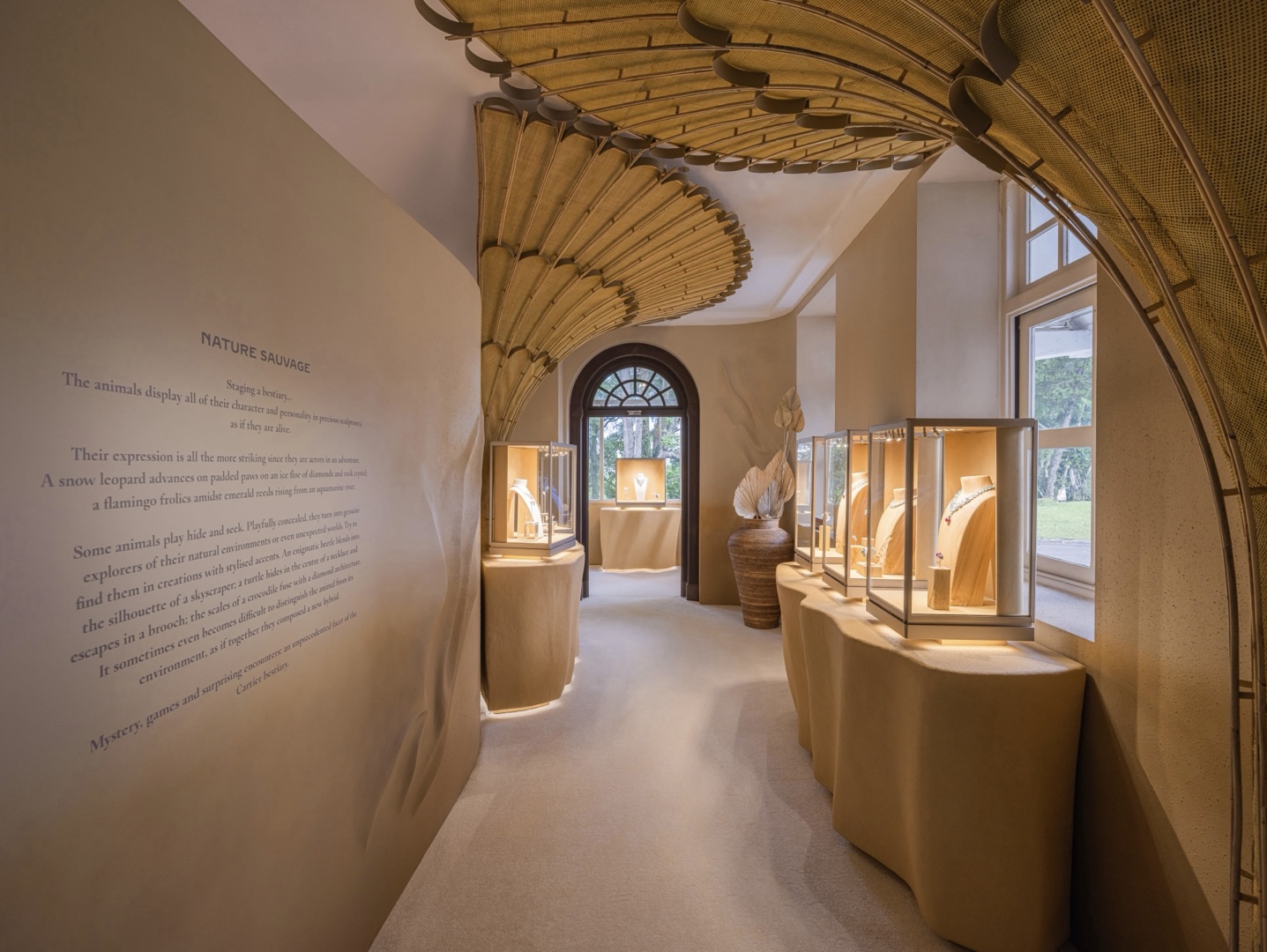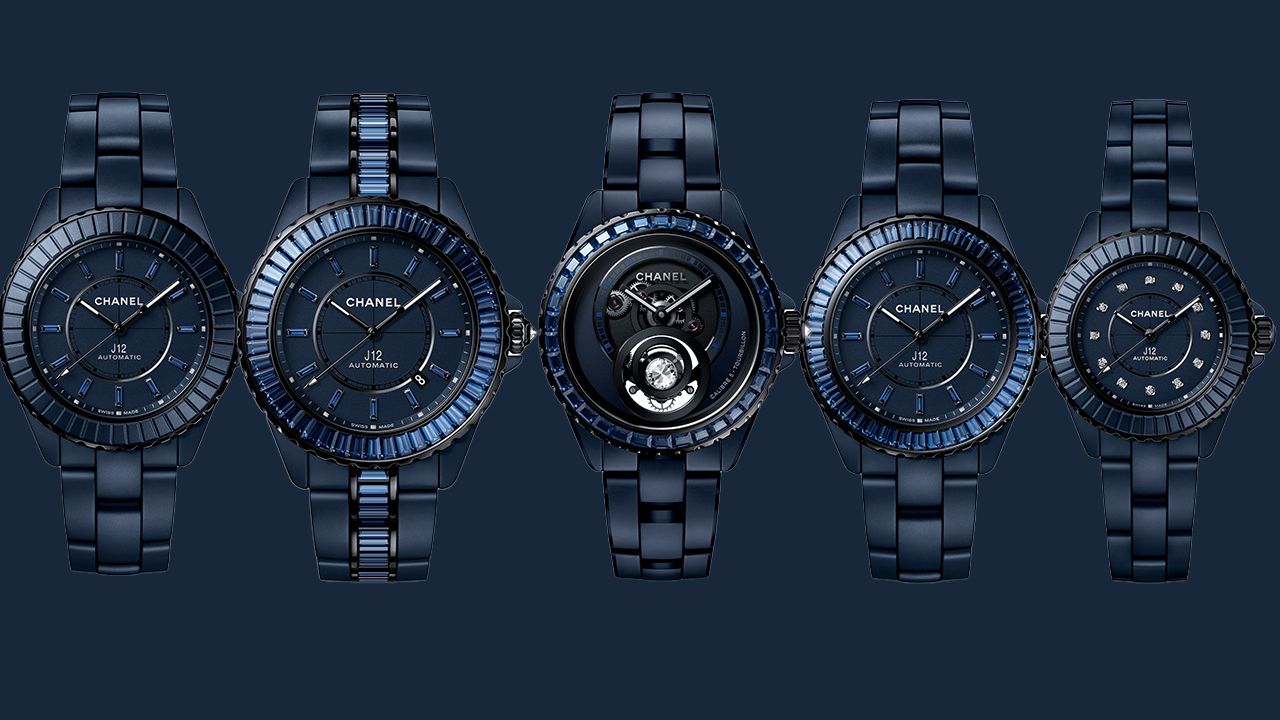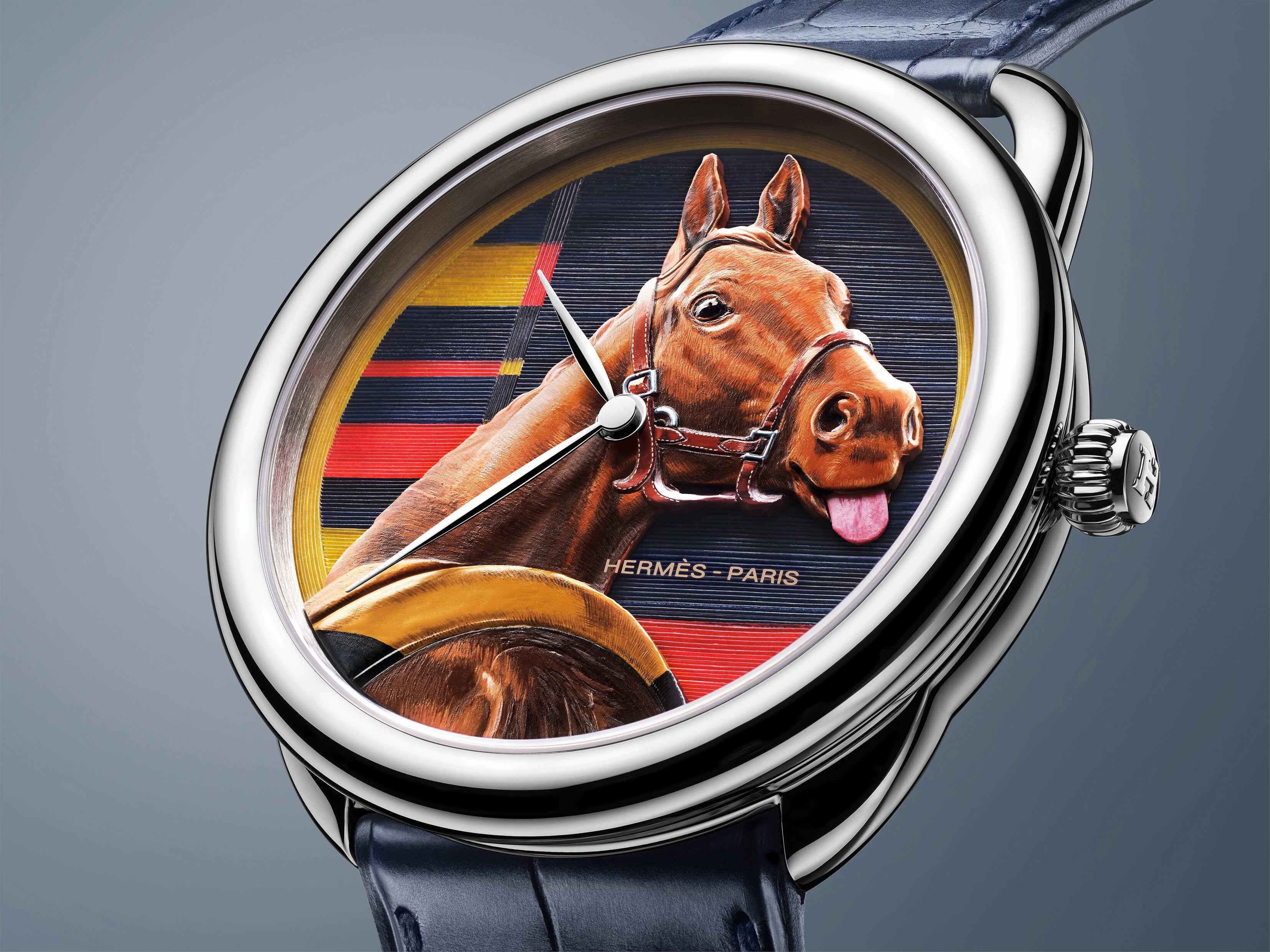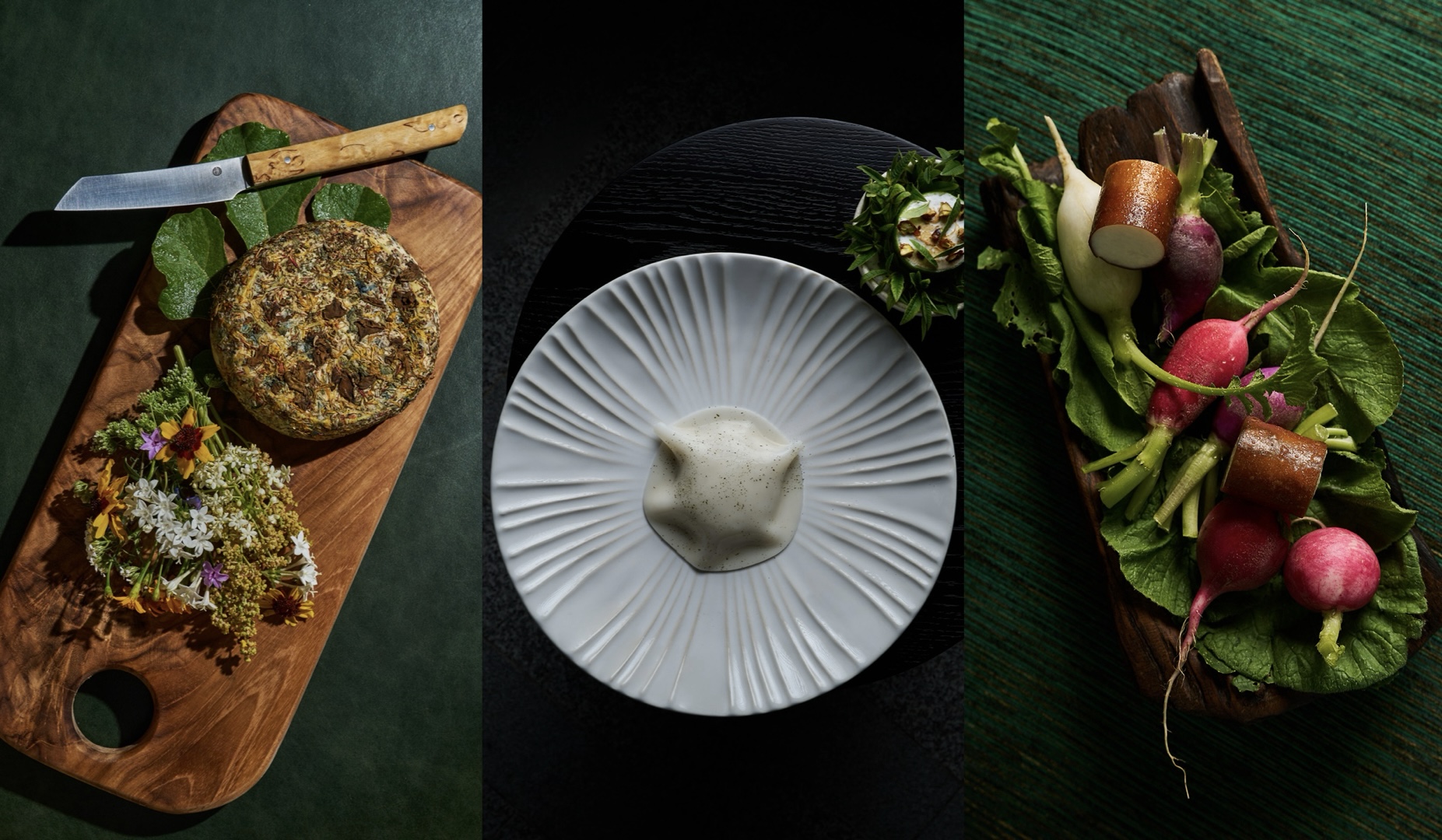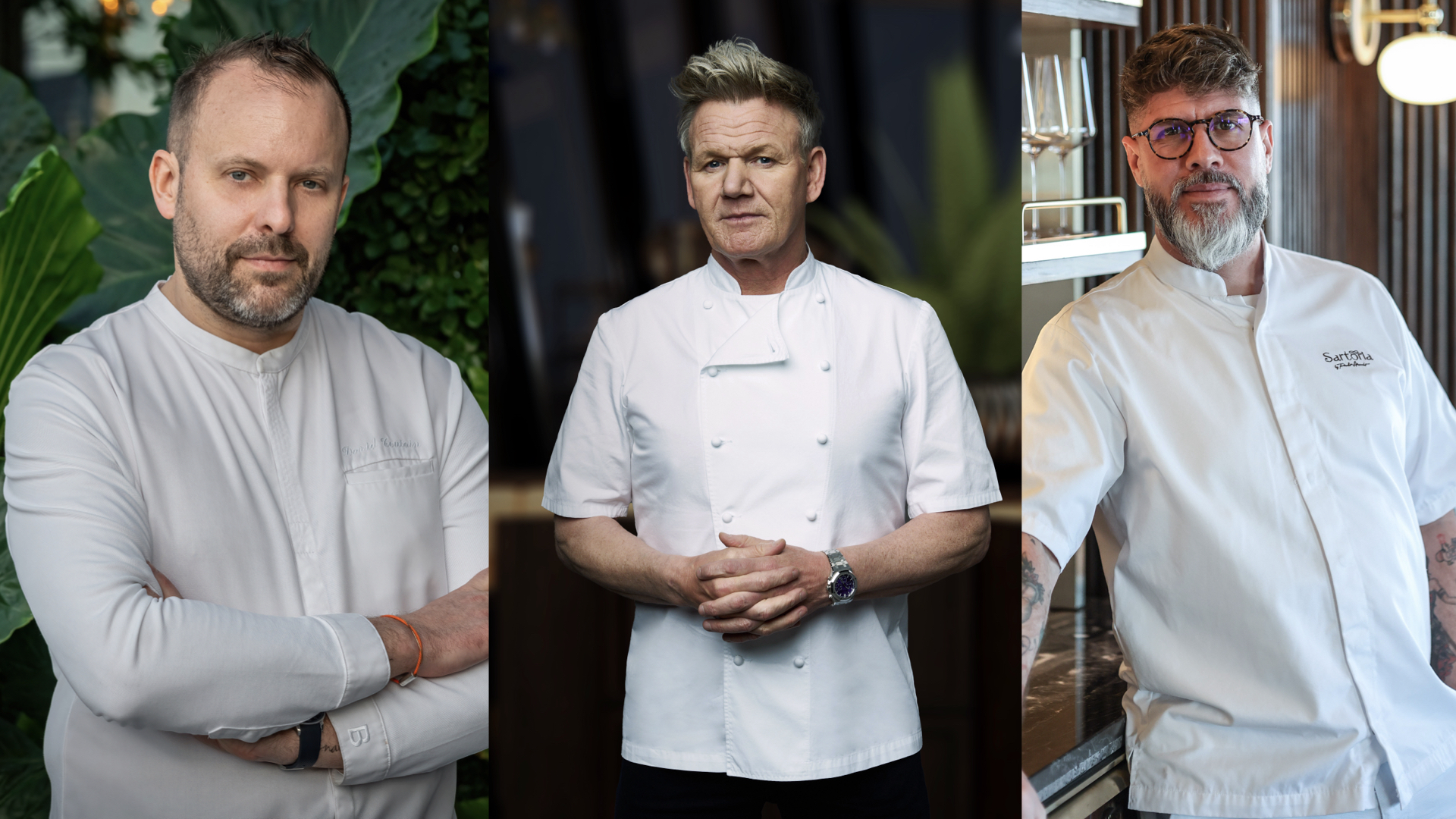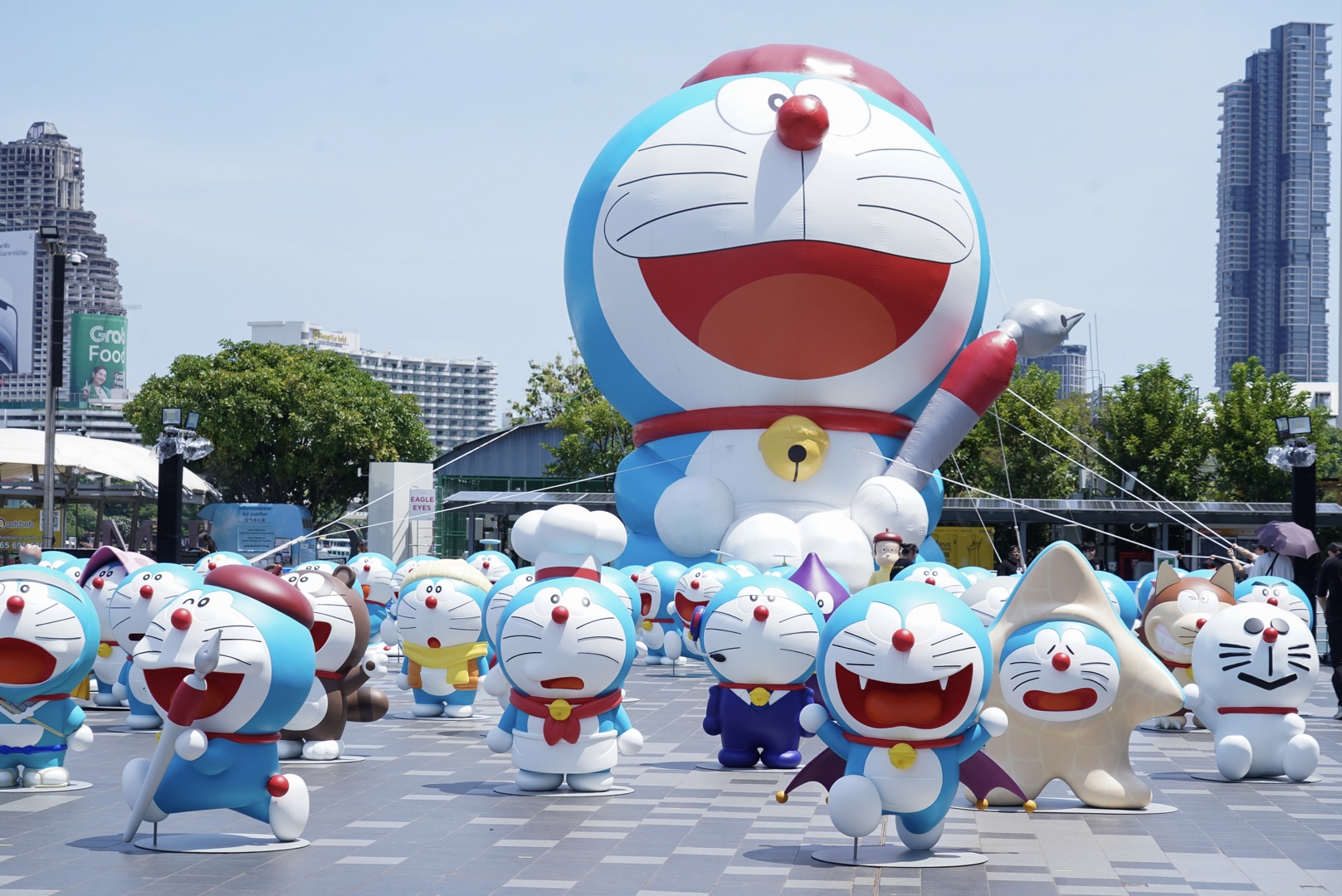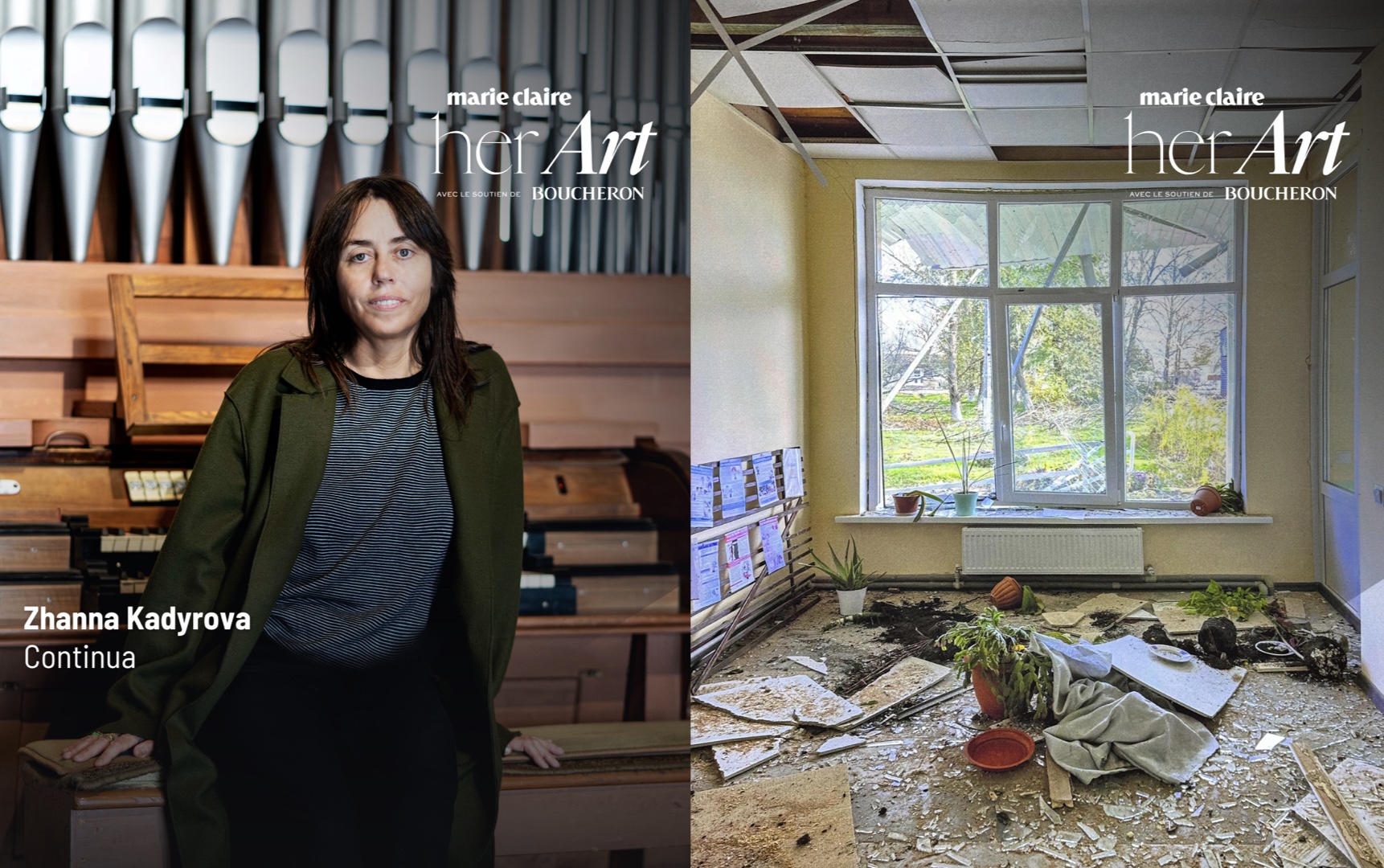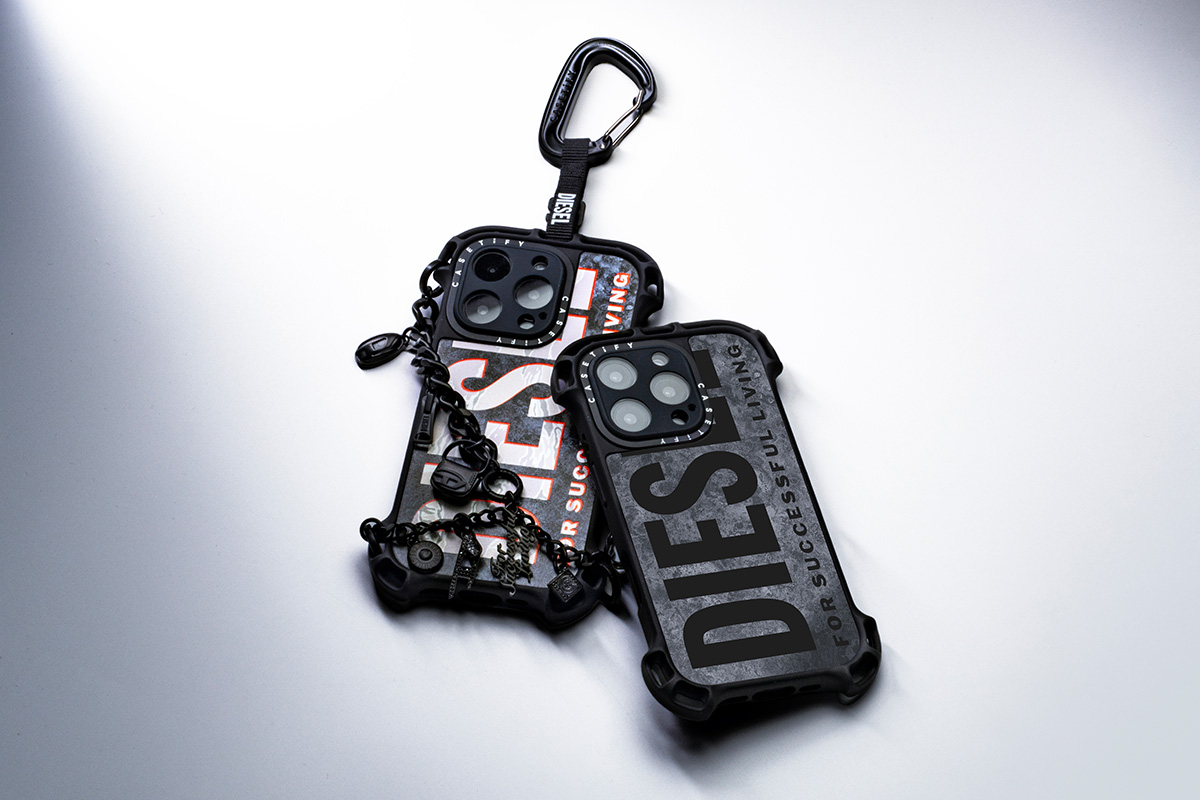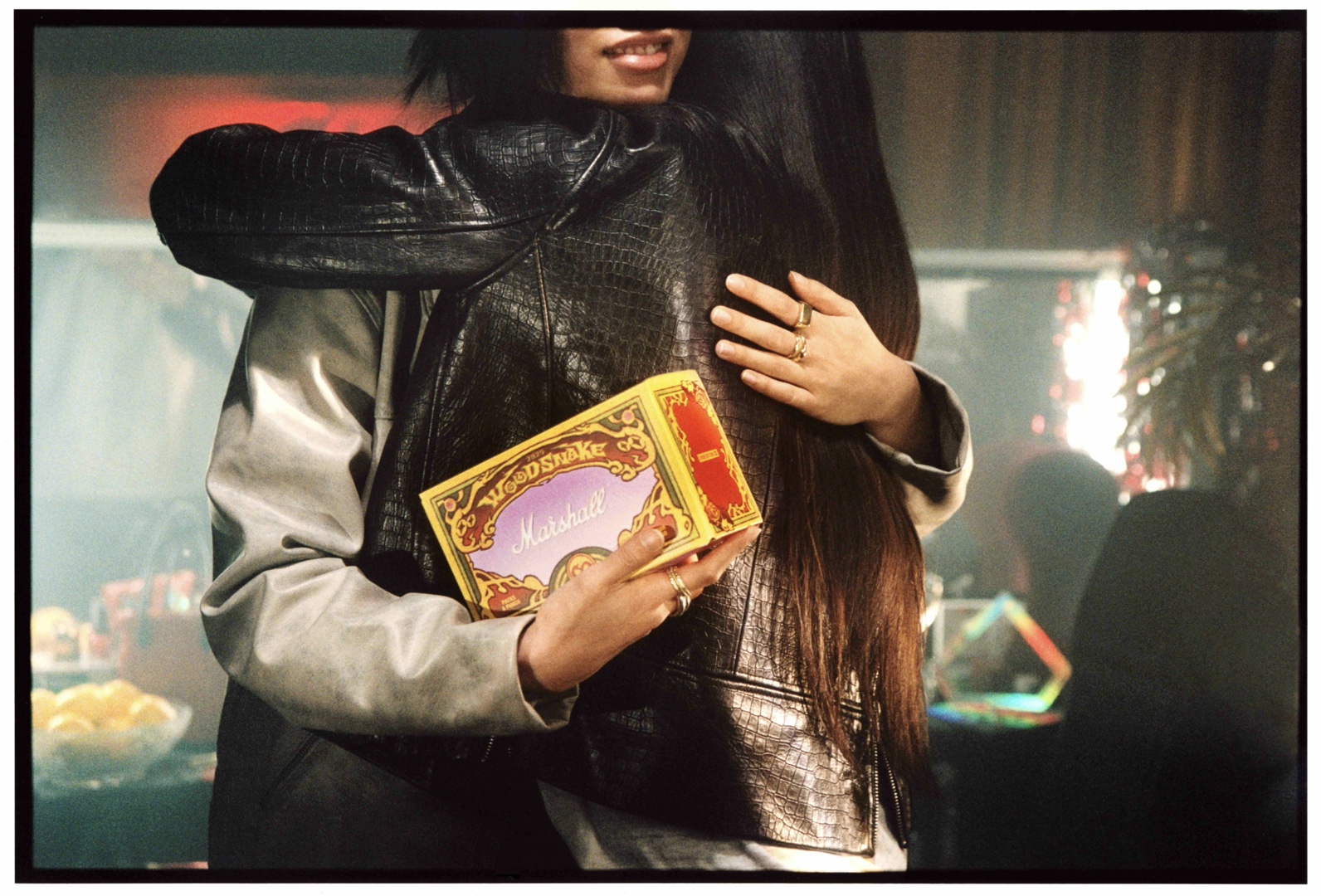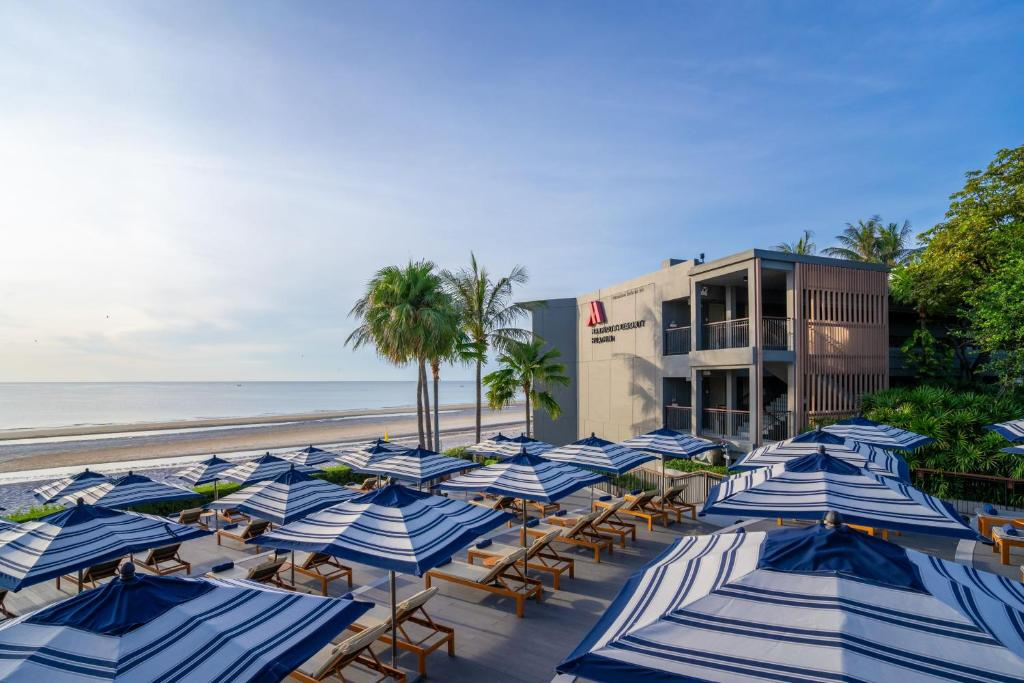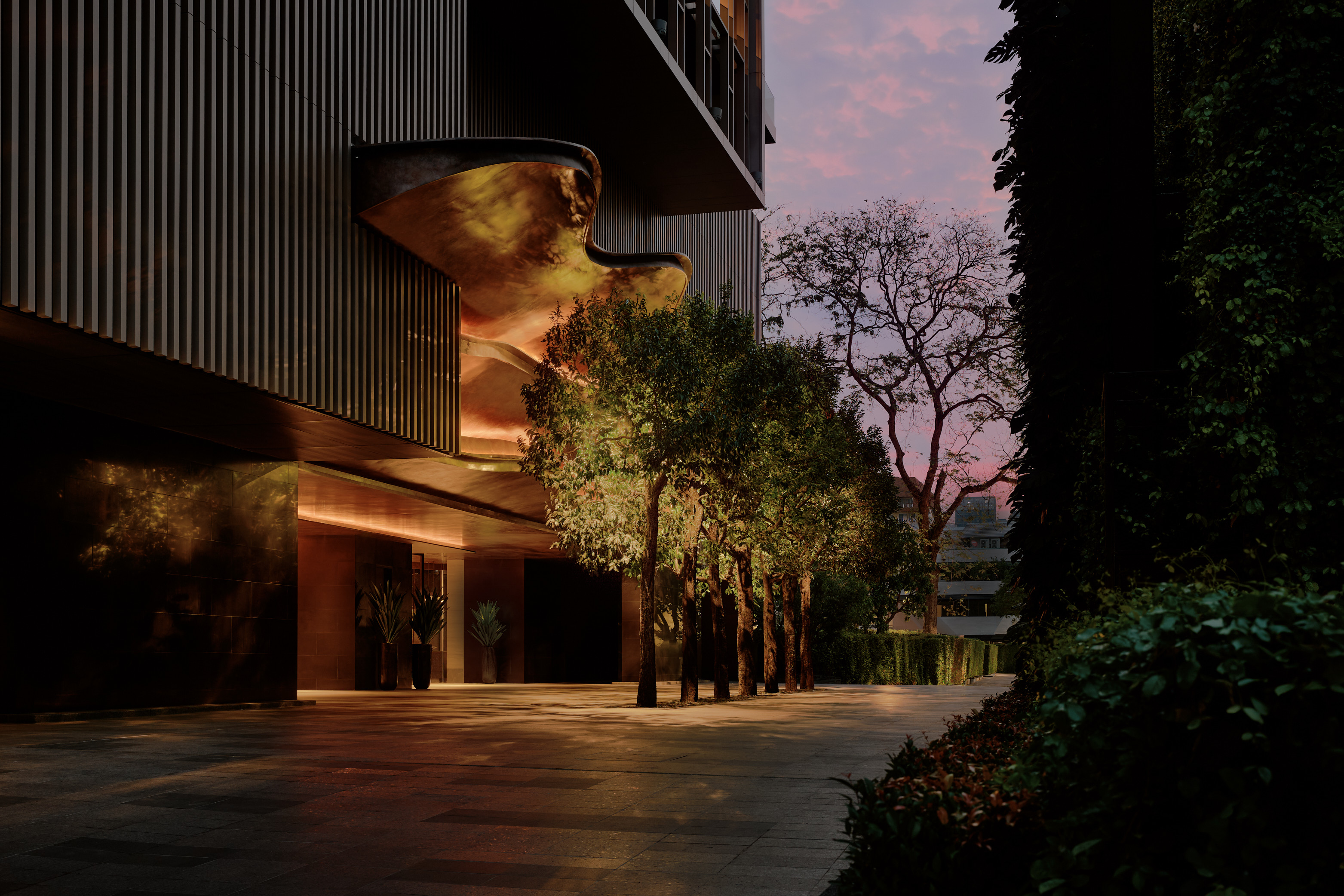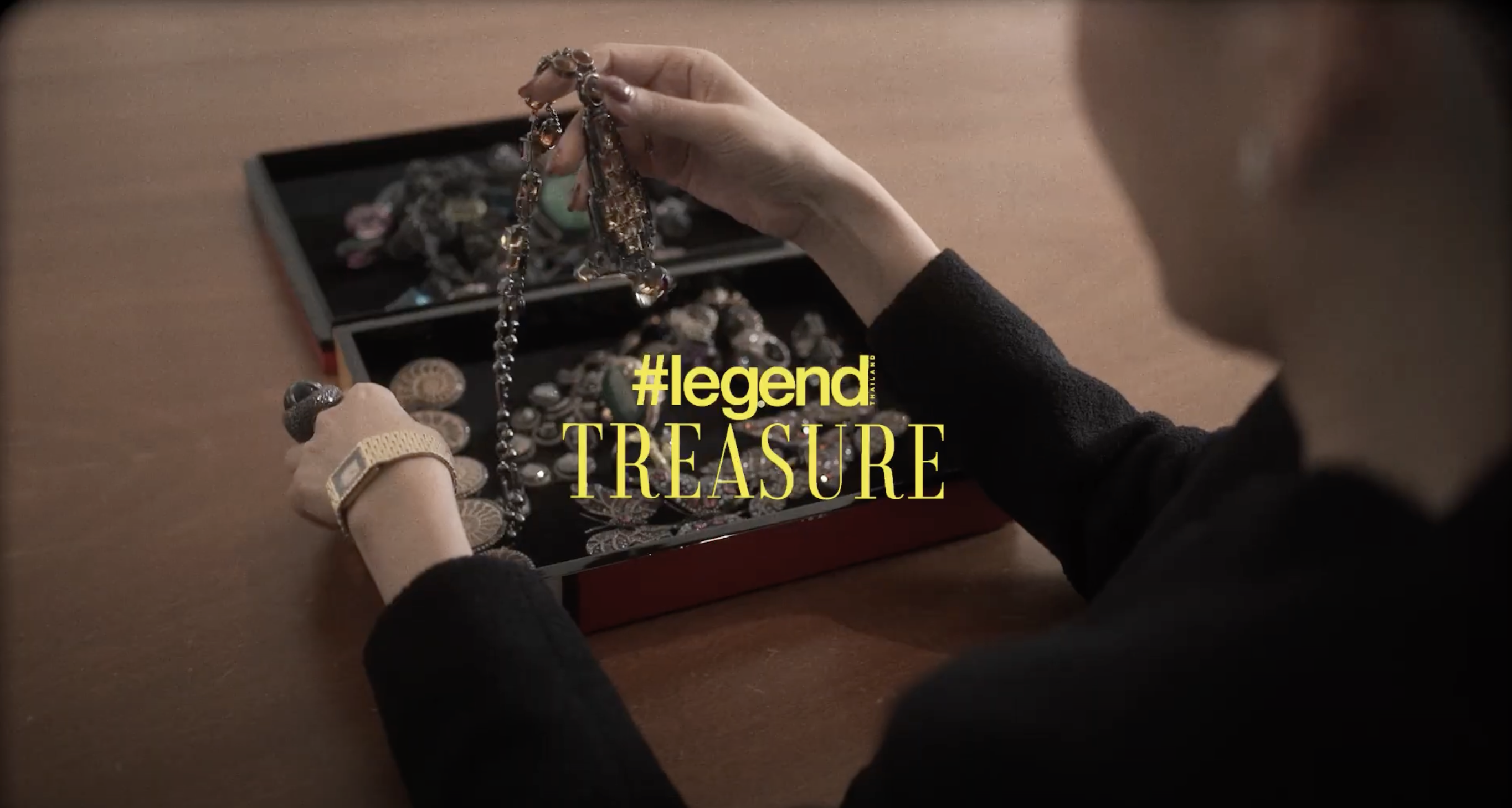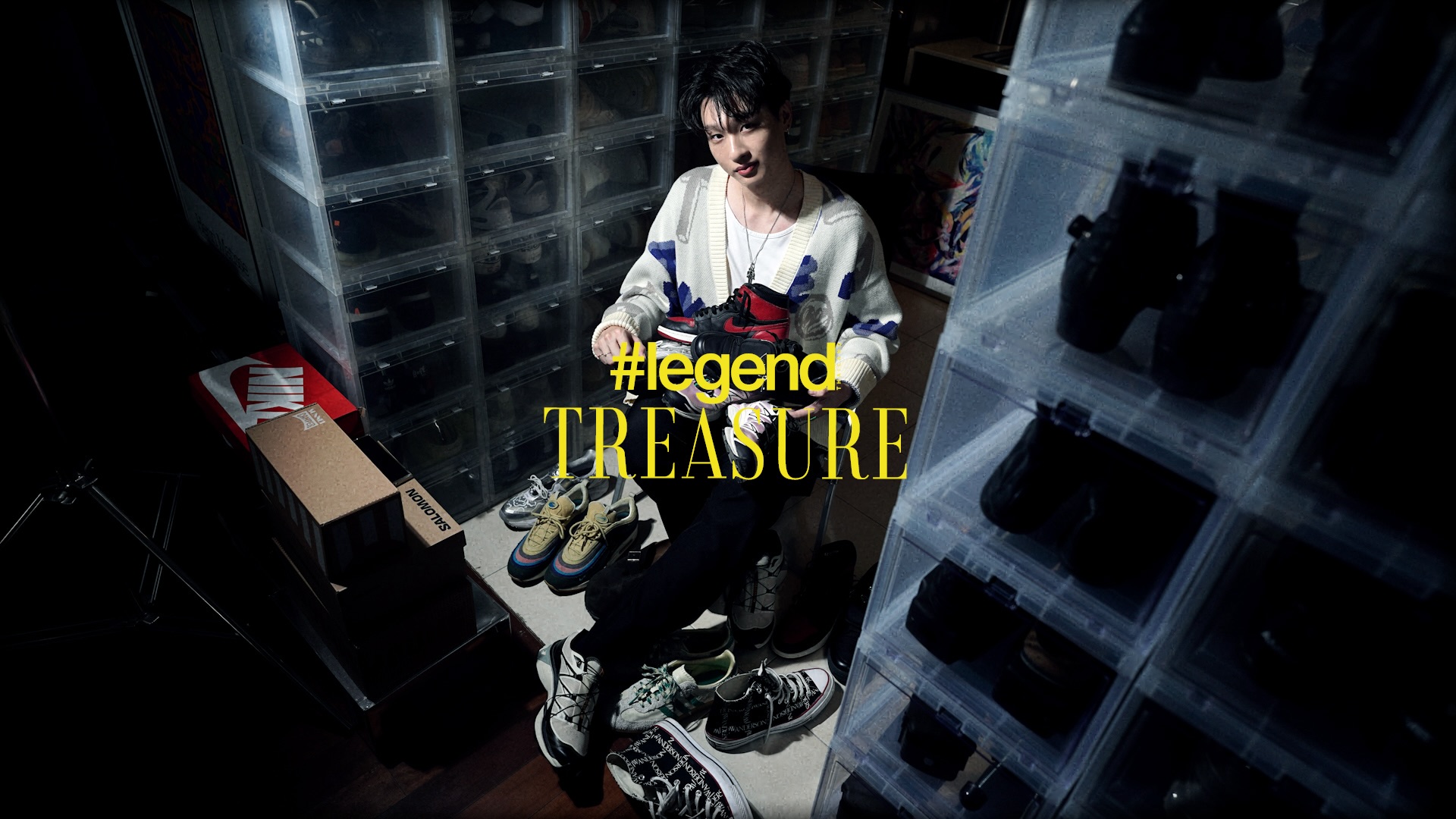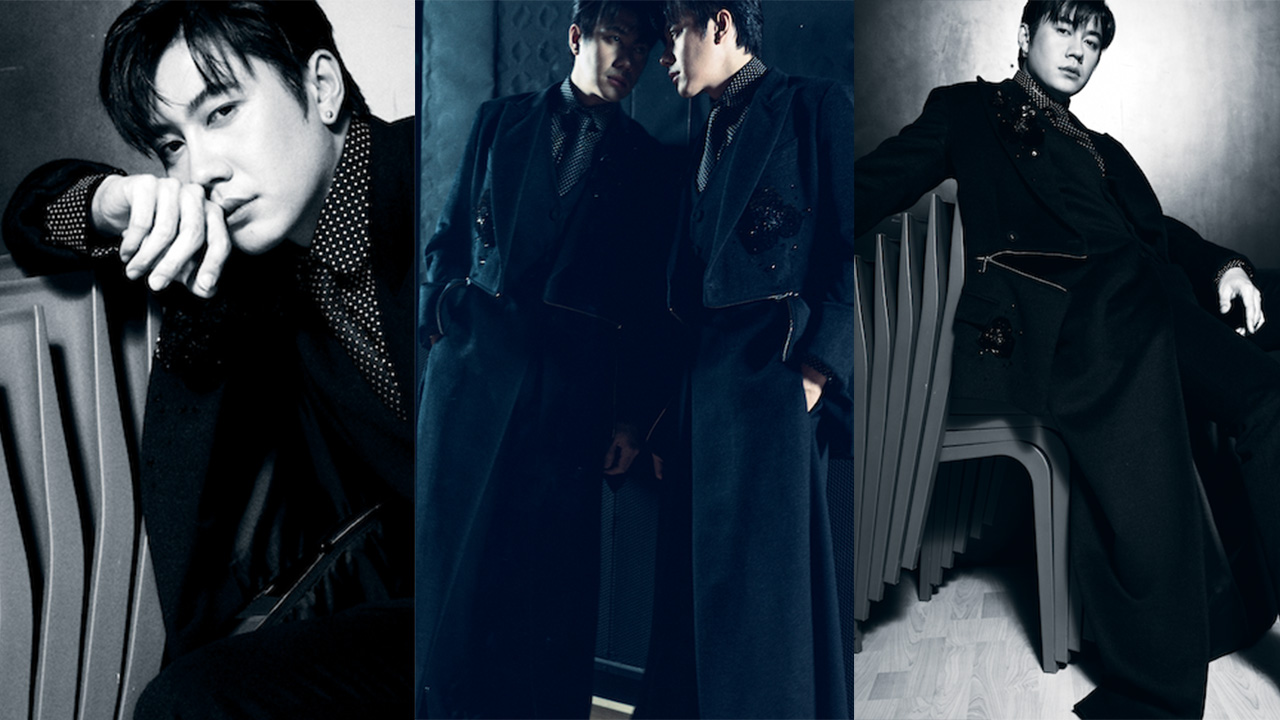Timeless Dialogue: Dior’s Fall 2025 Tribute to Kyoto’s Cultural Elegance
Author: Phuriwat Hirunrangsee | Photographer: Courtesy of Dior and the rights holder
Apr 23, 2025
"...Many may wonder why Dior chose Kyoto, Japan, as the setting for its Fall 2025 fashion show. Yet a glance back through the House’s history reveals a long-standing affinity with the Land of the Rising Sun—an enduring relationship that dates back to the 1950s. This latest showcase pays poetic homage to that bond, artfully weaving together the ties between body and fabric, East and West, past and present..."
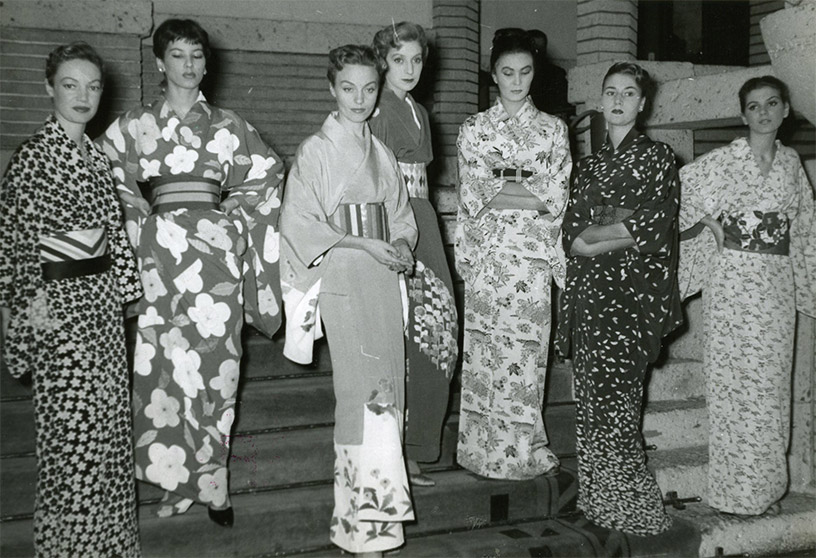
In 1953, Monsieur Dior became the first haute couture designer to present a collection in Japan—a bold move that underscored the brand’s pioneering spirit. His influence deepened further in 1959 when he was chosen to design three elegant bridal gowns for Princess Michiko’s wedding—an honour that remains etched in fashion history.
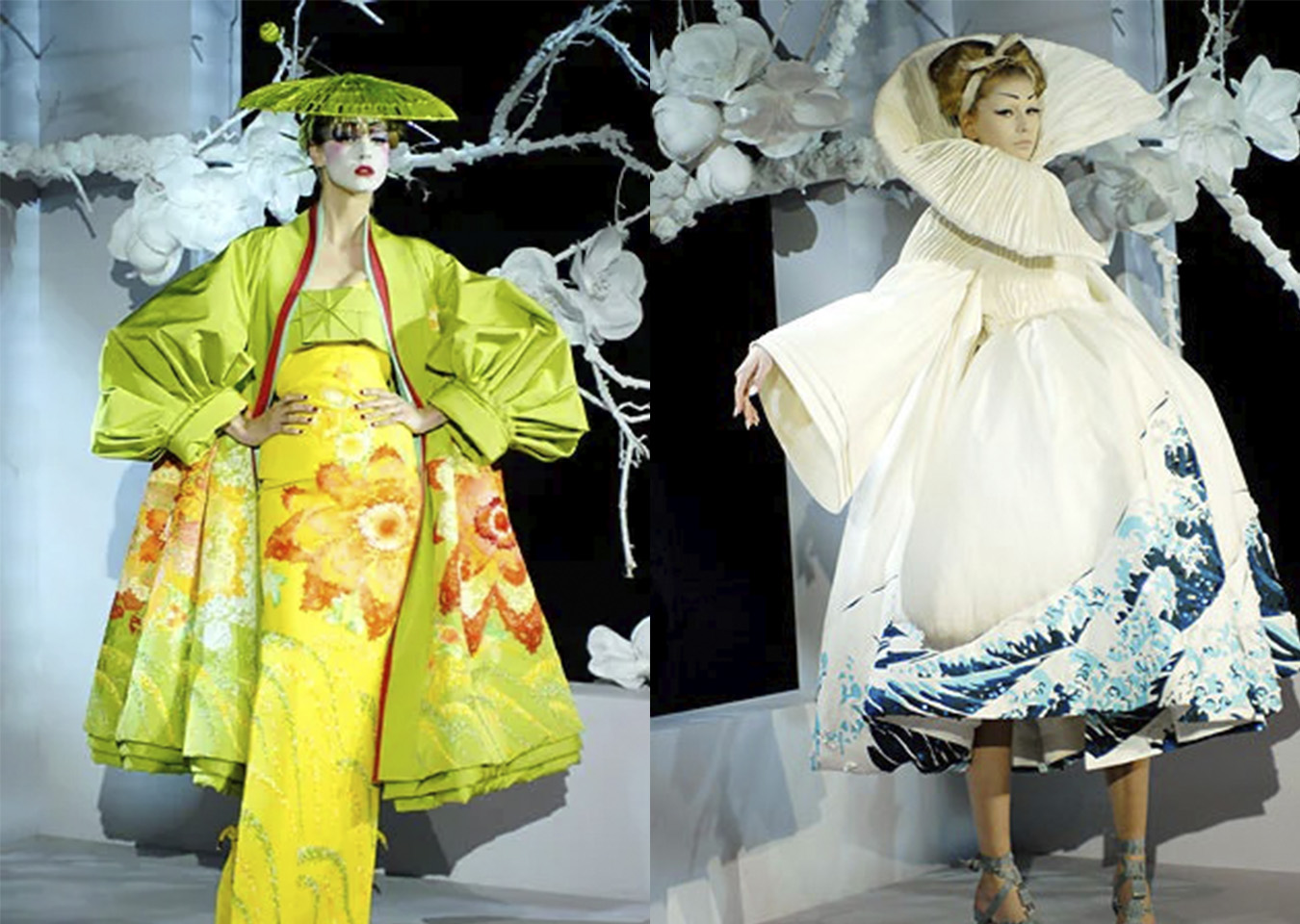
Dior’s connection with Japan extended far beyond clothing. For the Autumn/Winter 1954–55 collection, the House collaborated with Kyoto’s esteemed textile atelier Tatsumura to create a bespoke brocade for the Outamaro dress. Successive creative directors have continued to honour this legacy: Marc Bohan brought Dior to Tokyo in 1971, drawing inspiration from the enchanting world of Japanese theatre, while John Galliano looked to “Madame Butterfly” and Hokusai’s “The Great Wave off Kanagawa” for his dramatic 2007 haute couture collection—an unforgettable moment in fashion.

For this latest chapter, Maria Grazia Chiuri chose the ancient Tō-ji Temple as the setting—its golden architecture and blossoming cherry trees forming a resplendent and respectful backdrop. The show exuded a sense of reverence, not only for Japan’s cultural traditions but also for its quiet elegance. The collection itself was infused with an ethereal blend of Eastern grace and Western modernity.
 |
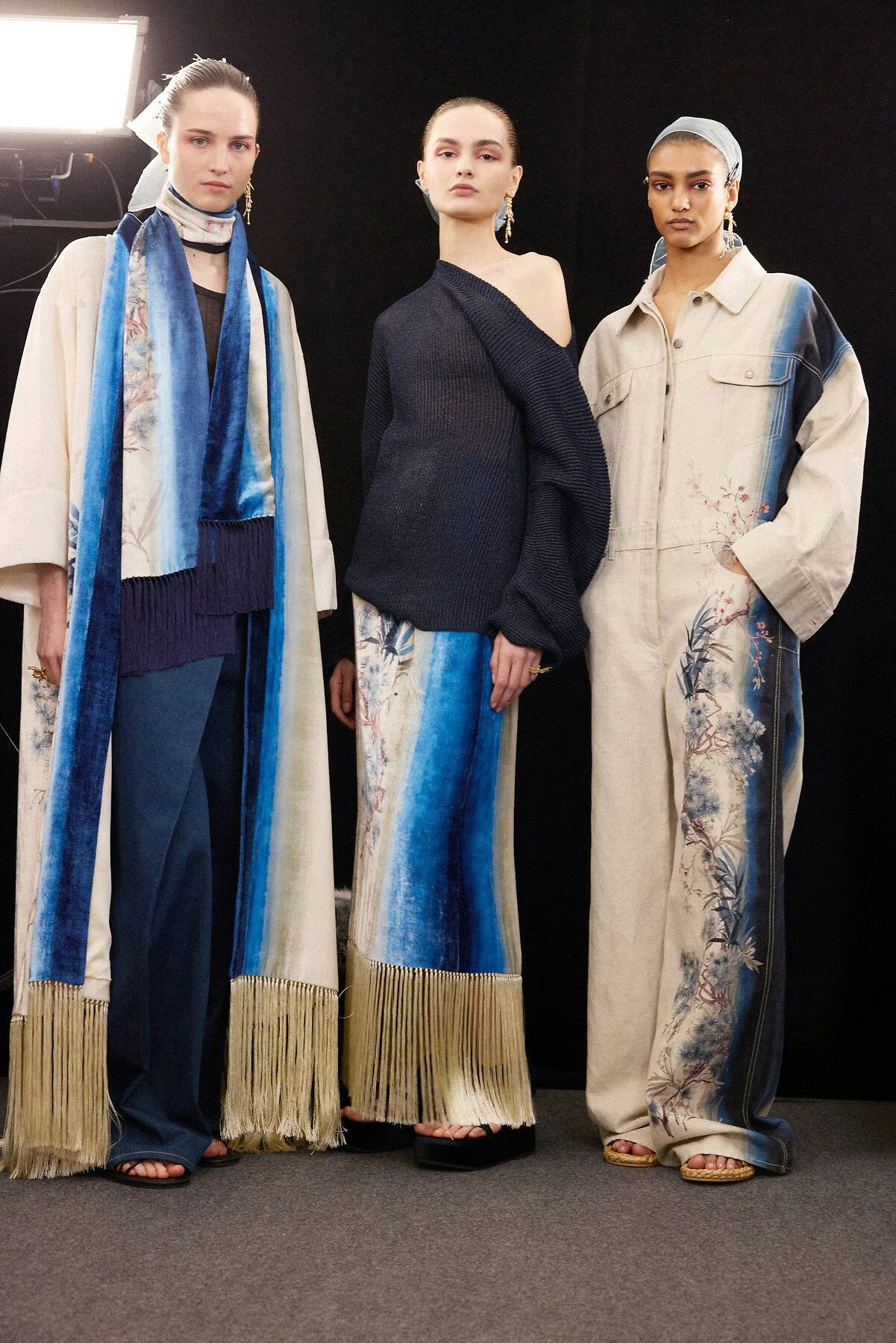 |
Chiuri delved deeply into the construction of the kimono—a garment that transcends gender, evolves with the wearer, and embodies timeless sophistication. She drew upon archival pieces such as the Diorpaletot and Diorcoat, designed by Monsieur Dior in 1957 to be worn over kimonos. These garments, designed not to disrupt the kimono’s structure but rather to enhance its elegance, served as inspiration for Chiuri’s own reinterpretations.
 |
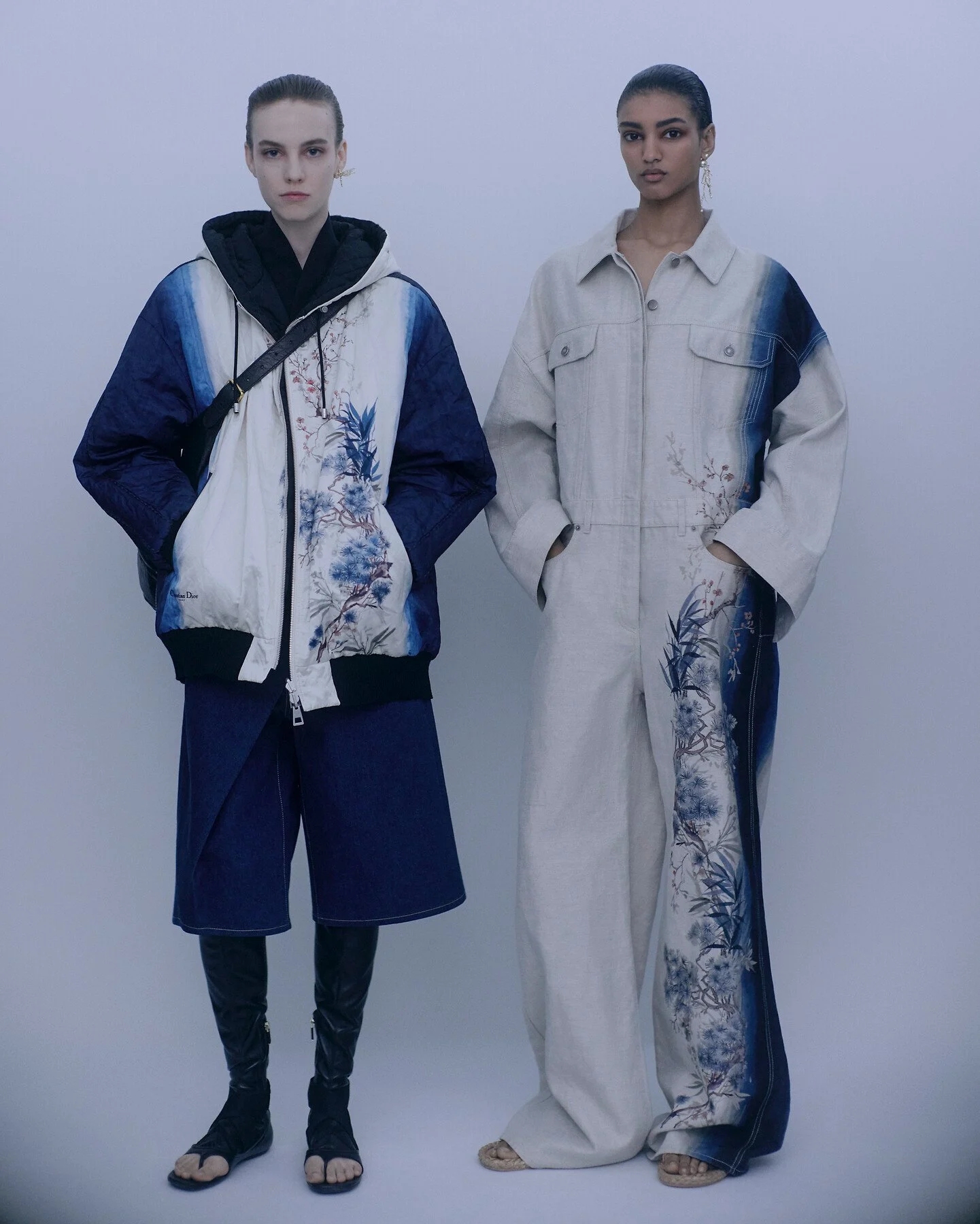 |
Respecting the original structure while introducing fluidity and comfort, she presented silhouettes in black and navy that hinted at Japanese design codes—origami-style collars, samurai-inspired footwear, and obi-like belts. As the show progressed, the garments became increasingly intricate: cascading fringes, floral illustrationspaintings by the Kihachi Tabata dyeing studio, and exquisite gold embroidery hand-stitched to perfection shimmered across the runway.
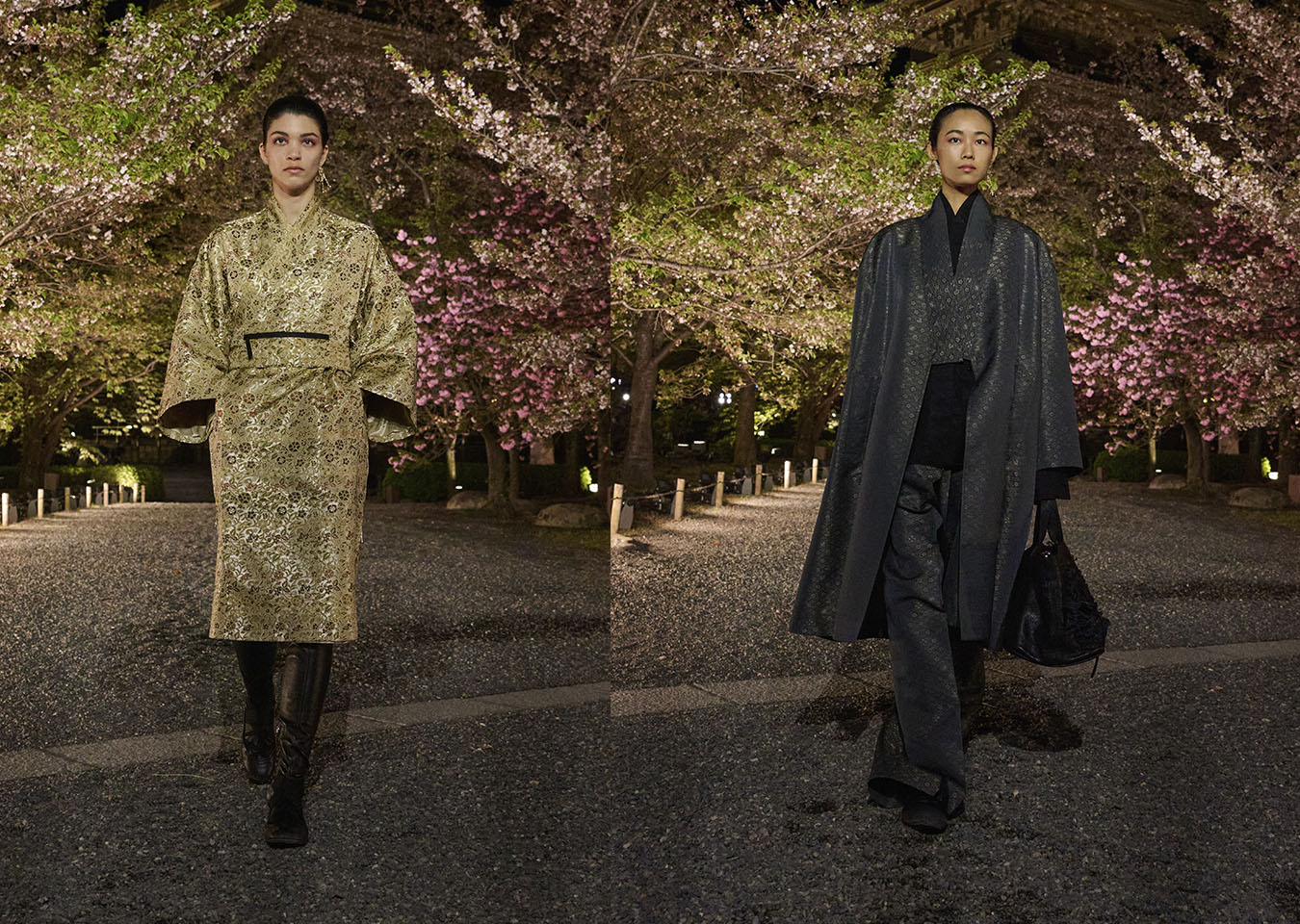
This collection also paid tribute to the extraordinary craftsmanship of Japanese artisans. Dior once again partnered with Tatsumura, reviving brocade patterns originally commissioned by the House in the 1950s. These were reimagined in deep green-grey geometric designs tailored into kimono-style coats and matching trousers. One standout piece featured a gold floral brocade, transformed into a belted overcoat that was both modern and majestic.
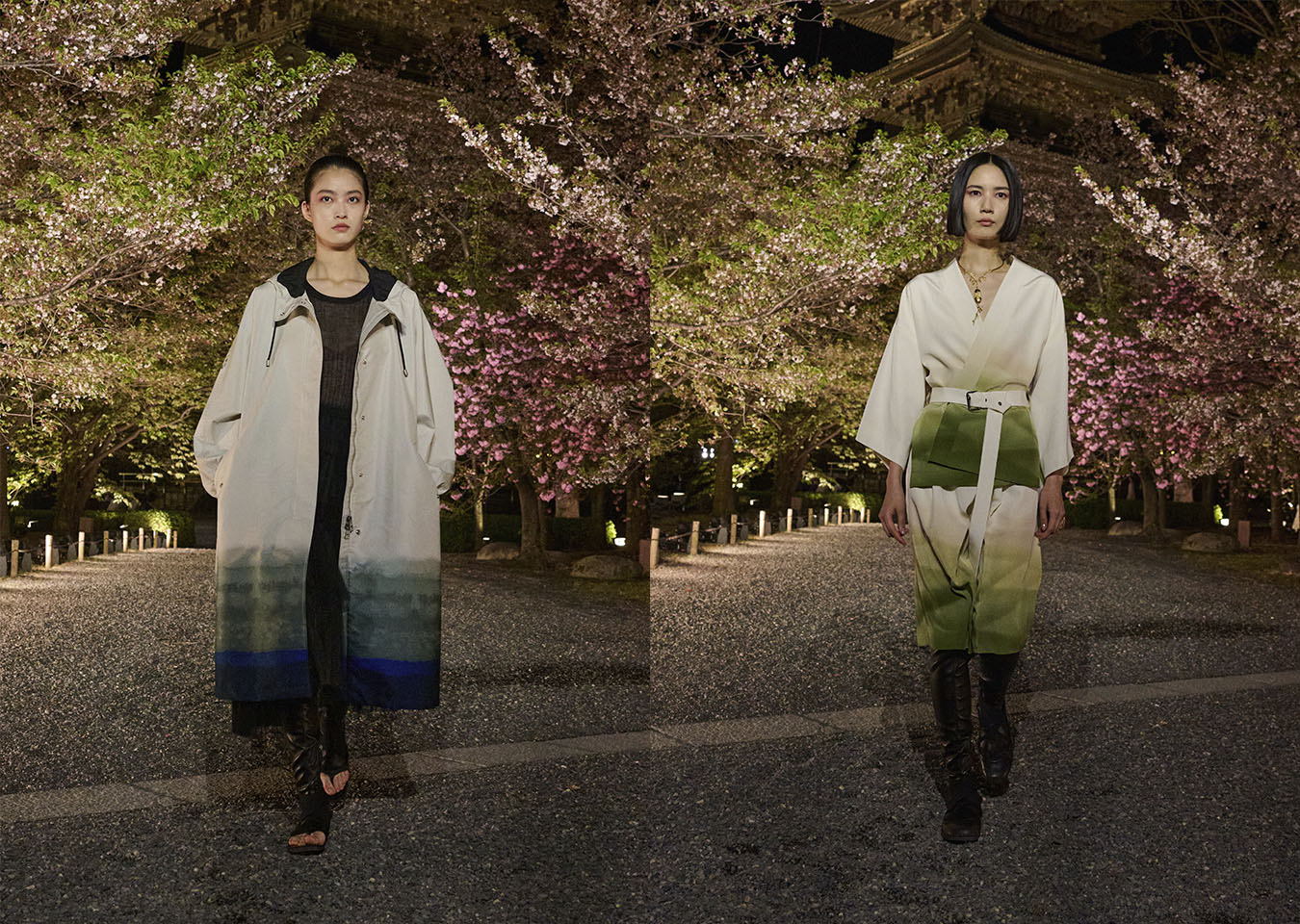
Chiuri also collaborated with the Fukuda family, experts in traditional dyeing techniques, to create key runway looks—including a belted kimono-style jacket and knee-length shorts in pristine ivory and shaded forest green. Her visit to the Kyoto exhibition “Love Fashion: In Search of Myself” further inspired the collection, fuelling a cross-cultural dialogue expressed through garments that seamlessly bridged two traditions.
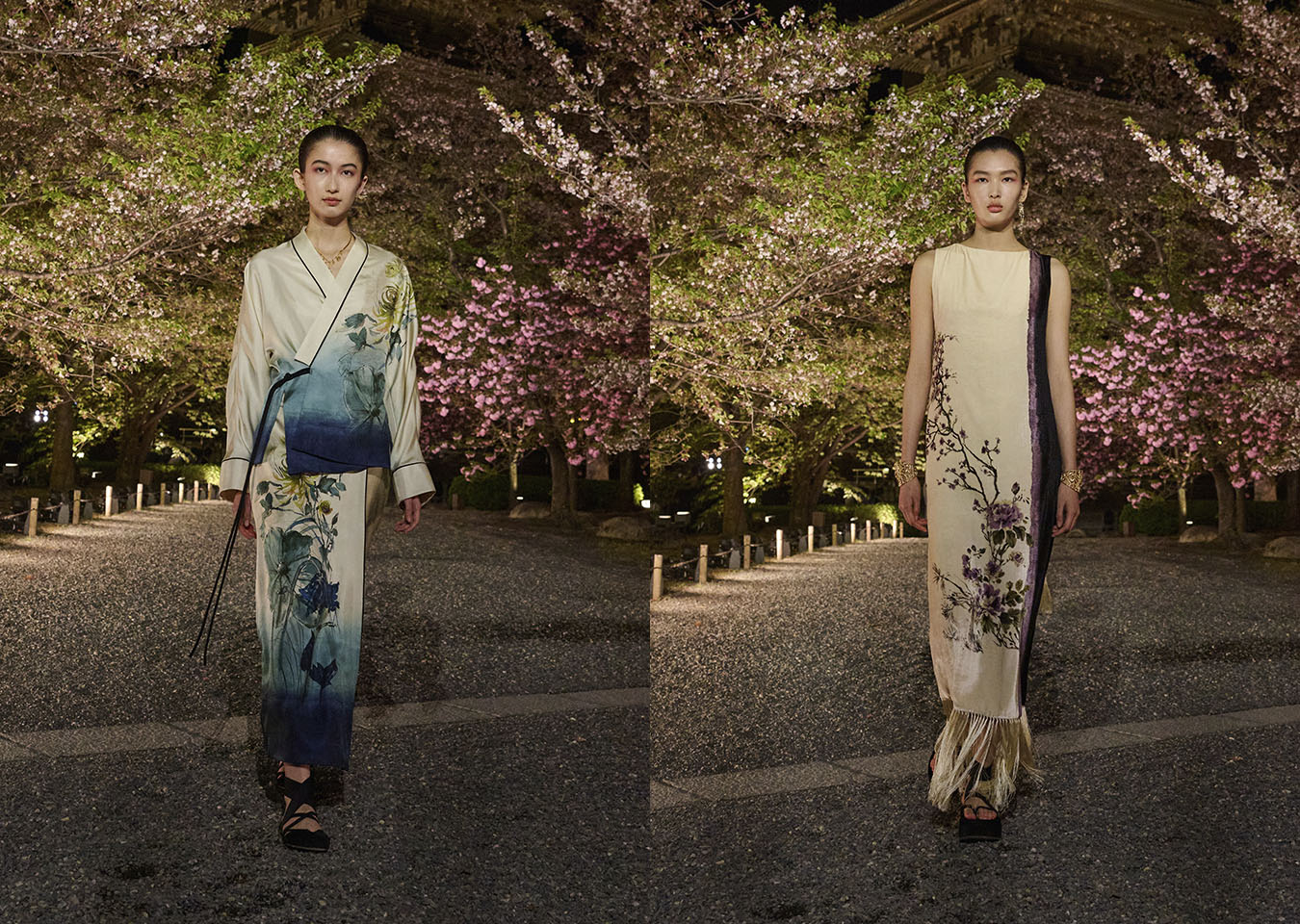
Dior’s return to Kyoto is far more than a fashion show; it is a graceful convergence of heritage, craftsmanship, and innovation. In Chiuri’s hands, the House’s legacy finds new resonance, offering a contemporary vision of luxury that is refined yet understated—rooted in artisanal detail, steeped in cultural respect, and always looking forward.
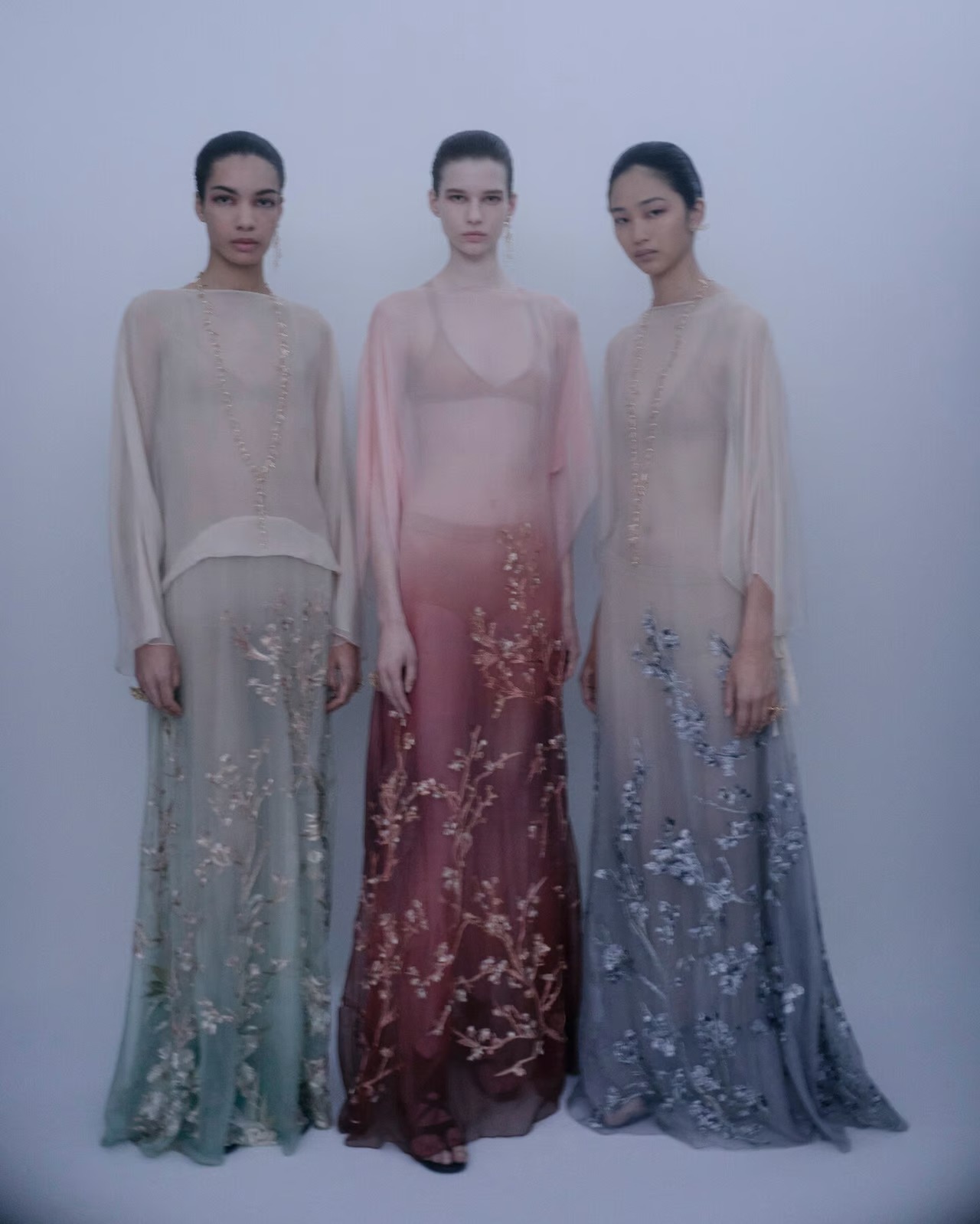 |
 |
Also See: Jonathan Anderson’s new Dior era

